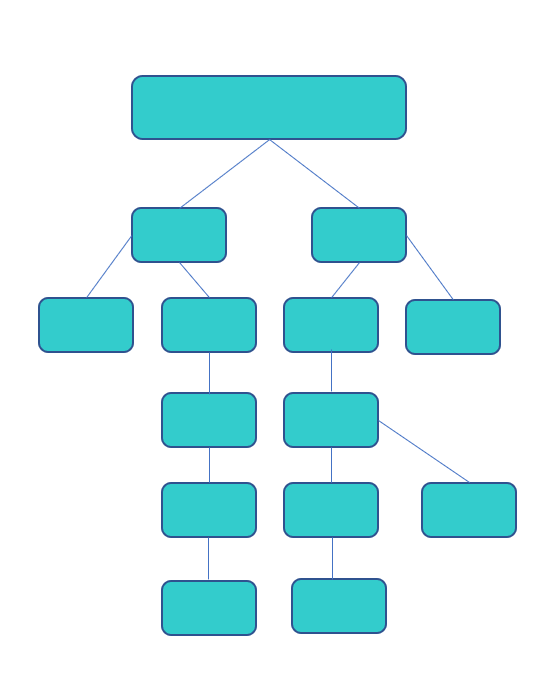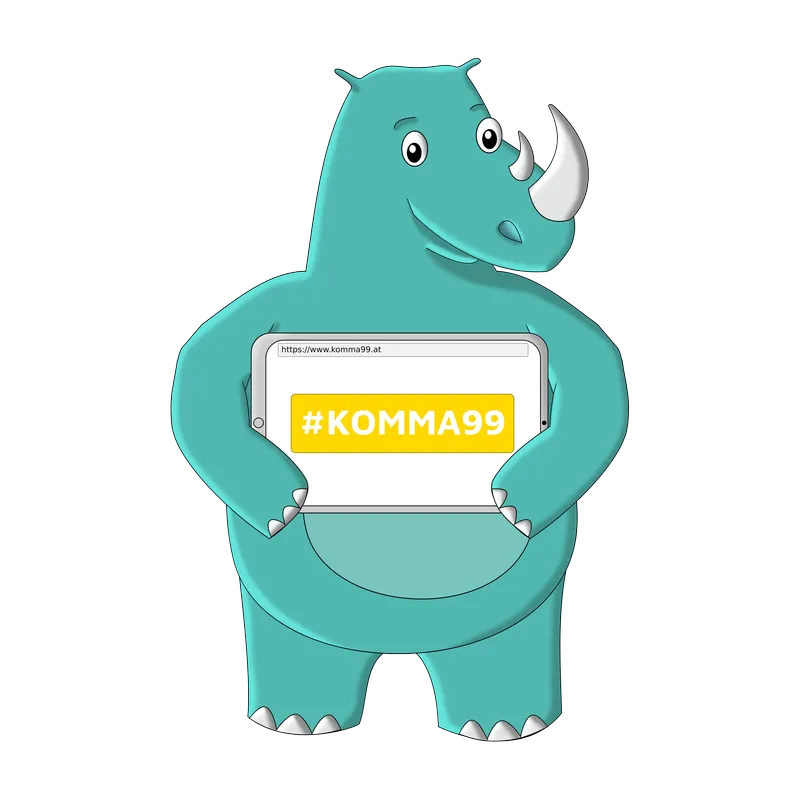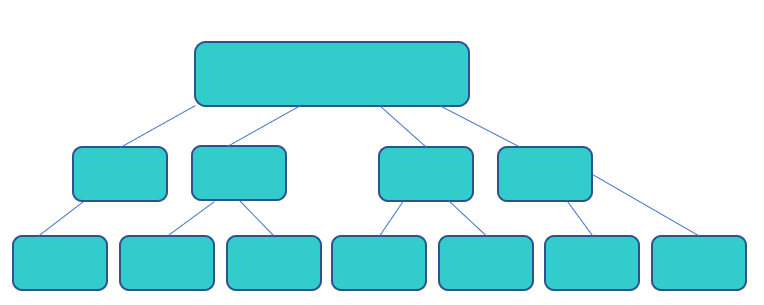The information architecture - The basic framework of any website
The technical term information architecture encompasses the organization and structuring of information. Especially when creating a website, information architecture plays a major role, as users should be able to grasp the content of a website quickly and easily. For this reason, an optimized information architecture is achieved when the users of a website can navigate through the page via a logical navigation and can easily and quickly grasp the contents of the pages. The information architecture is therefore the structuring of information in connection with the design.
Information architecture - Not all content is equally important
An important keyword in relation to information architecture is hierarchy. The information architecture forms a structural design of the information provided in a logical and hierarchical structure - simply put the concept. The hierarchy of a website also includes the Heading hierarchy. On web pages headings are classified differently, headings can be set from H1 (main heading) to H6 (subheading). It should be borne in mind that the headings arranged hierarchically are to be used, i.e. from H1 to H6. Mostly only the headings H1 - H4 are needed to build up a page in an optimized way.
 |
Important tip: The H1 is the main heading and should only be used 1x. If you follow a SEO focus, make sure that the respective keyword of the page is used in the H1 and also in all subheadings. |
Difference between information architecture and information design
The information architecture is to be clearly distinguished from the information design. The design is the visible part of a website, the architecture forms the structural part, which is only made visible to the user by the navigation (menu) and the click path. However, a great advantage is to consider the design directly in the information architecture - so a comprehensive optimization of usability and navigation of the website can be performed.
The information architecture is thus also important for usability and user experience, because users know their way around your website and understand the affiliation of the topics. Great advantage of optimized usability: The positive user signals. If the navigation is simple and users quickly find their way around the pages and can grasp the information, this is reflected in the positive user signals - high dwell time on the pages and a low bounce rate. Since the user signals also play a major role in the field SEO (search engine optimization), the information architecture and design is also an important aspect for SEO.
Types of information architecture
In information architecture, you can distinguish between two types of a concept, the flat hierarchy and the deep hierarchy.
- The flat hierarchy has many subgroups on the second level and does not go much deeper. Graphically, it creates a broad, flat mesh of structure.
- The deep hierarchy has only a few subgroups on the second level, but these subdivide again and again into further levels. Graphically, a deeper, elongated mesh of the structure is created.
|
|
 Example of deep information architecture hierarchy |
The flatter the hierarchy, the easier it is for the user to reach the desired page and its information. A deep hierarchy becomes more confusing for the user with each additional level - here it is crucial to create a logical information architecture so as not to overwhelm the user.
 |
Tip: Breadcrumbs are an effective way to clearly show users the structure on each page. |
Optimization of information and navigation also pays off for SEO
The arrangement of information, the optimization of navigation on websites and thus the overall usability is also worthwhile for SEO (search engine optimization). Search engines love logical and simply structured websites. Why? On the one hand, search engines find the logically arranged pages and content better and on the other hand, users find faster the information they are looking for.
Putting the information on a website into the right structure
The structure of the information is relevant both for users of websites and for search engines. Information architecture is about structuring and designing the information to be conveyed in such a way that it is easy for users to absorb and understand.








